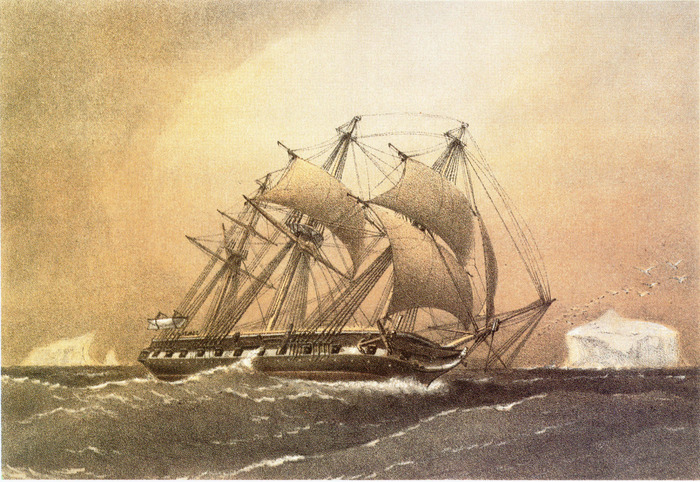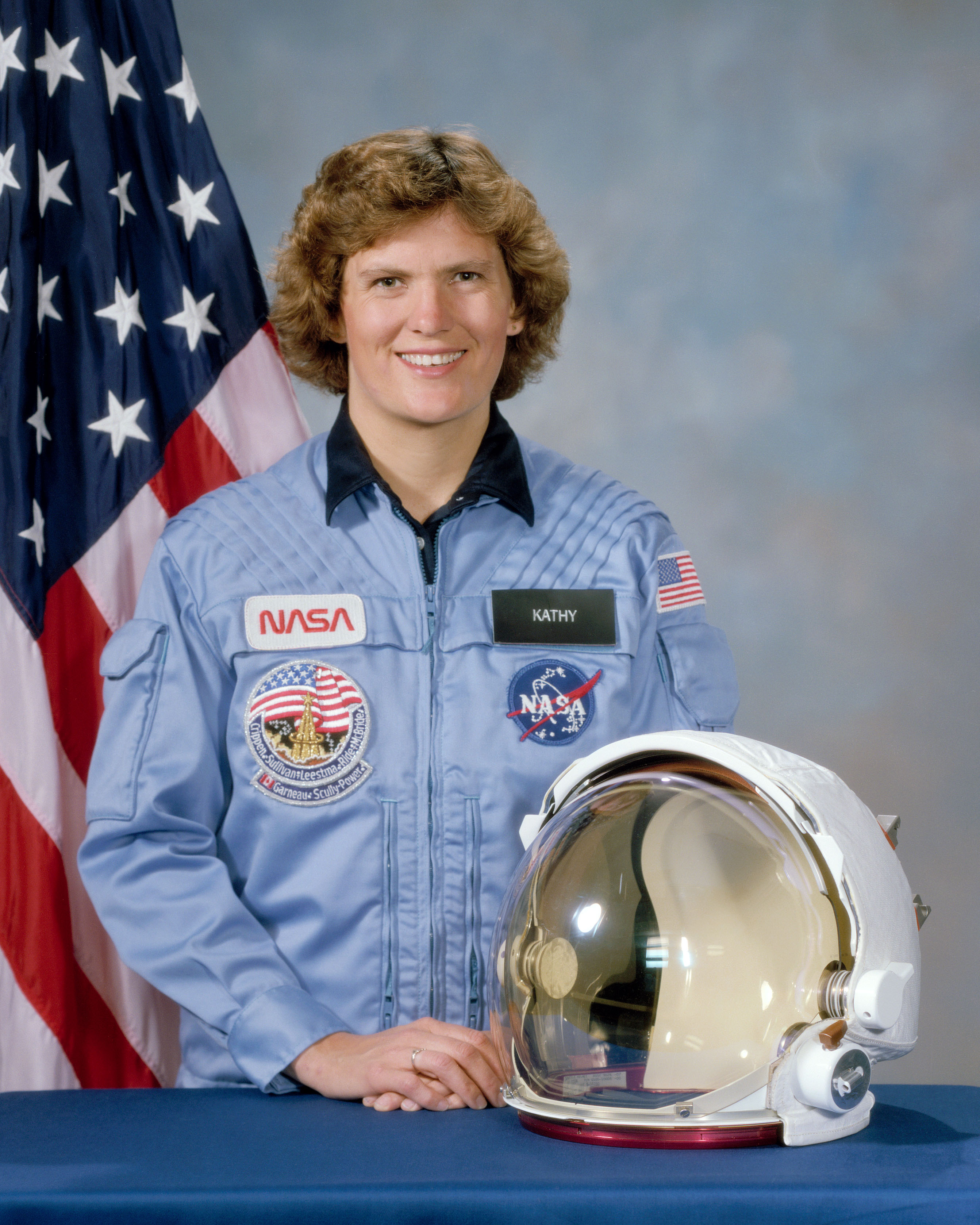oceanography
Wayback Wednesday: Challenger Expedition 1872

University of Washington
Author: William Frederick Mitchell
One hundred and fifty years ago, today…
The Challenger expedition of 1872–1876 was a scientific program that made many discoveries to lay the foundation of oceanography. The expedition was named after the naval vessel that undertook the trip, HMS Challenger.
The expedition, initiated by William Benjamin Carpenter, was placed under the scientific supervision of Sir Charles Wyville Thomson of the University of Edinburgh and Merchiston Castle School, assisted by five other scientists, including Sir John Murray, a secretary-artist and, a photographer. The Royal Society of London obtained the use of Challenger from the Royal Navy and, in 1872, modified the ship for scientific tasks, equipping it with separate laboratories for natural history & chemistry. The expedition, led by Captain Sir George Strong Nares, sailed from Portsmouth, England, on [December 21, 1872]. Other naval officers included Commander John Maclear.
Under the scientific supervision of Thomson himself, the ship traveled approximately 68,890 nautical miles (79,280 miles/127,580 kilometres) surveying and exploring. The result was the Report of the Scientific Results of the Exploring Voyage of H.M.S. Challenger during the years 1873–76 which, among many other discoveries, catalogued over 4,000 previously unknown species. John Murray, who supervised the publication, described the report as “the greatest advance in the knowledge of our planet since the celebrated discoveries of the fifteenth and sixteenth centuries.” Challenger sailed close to Antarctica but, not within sight of it. However, it was the first scientific expedition to take pictures of icebergs.
Wikipedia Summary
Additional:
From Deep Sea to Laboratory (The First Explorations of the Deep Sea by H.M.S. Challenger 1872-1876)/ISTE UK Website
Then & Now: The HMS Challenger Expedition & the Mountains in the Sea Expedition/NOAA Ocean Explorer/2003
HMS Challenger Expedition/Natural History Museum UK/2014 (Web Archive)
HMS Challenger/USCD Aquarium/2008 (Web Archive)
Throwback Thursday: Kathy D. Sullivan & Space

October 11, 1984, Kathryn Dwyer “Kathy” Sullivan became the first American woman astronaut during the STS-41-G mission to perform an EVA or an extravehicular activity (3.5 hours worth), which freely translates to a “space walk”. This was NASA‘s thirteenth flight in the Space Shuttle program and the sixth flight of the Challenger. She was the Mission Specialist 1 and had just turned 33 years of age eight days prior.
She received a Ph.D. in geology from Dalhousie University in 1978, became an Adjunct Professor of Geology at Rice University in 1985 and joined the Navy Reserves in 1988 as an Oceanography Officer, retiring after 18 years at the rank of Captain.
April 24, 1990, she served on board the Space Shuttle Discovery as a Mission Specialist 3 for the STS-31 mission that launched the Hubble Space Telescope. March 24, 1992, she served as Mission Specialist 1 during the STS-45 mission on board the Space Shuttle Atlantis. She was part of the Group 8 NASA Astronaut selection on January 16, 1978. She left NASA in 1993.
Other October 11 space-related trivia:
1957…..Operation Moonwatch scientists calculate Sputnik 1‘s ‘satisfactory orbit’ with an IBM 704.
1958…..NASA launches the lunar probe Pioneer 1 (Pioneer Program). It falls back to Earth and burns up.
1968…..NASA launches Apollo 7, the first crewed flight.
2000…..NASA launches STS-92, the 100th Space Shuttle mission to the ISS via Discovery.